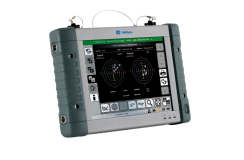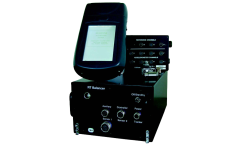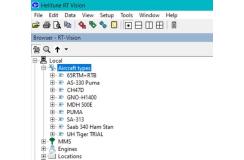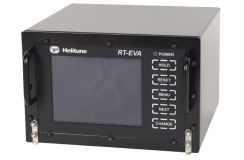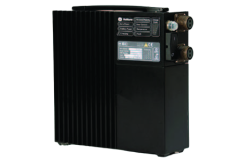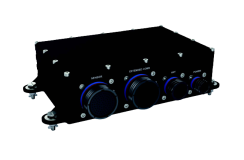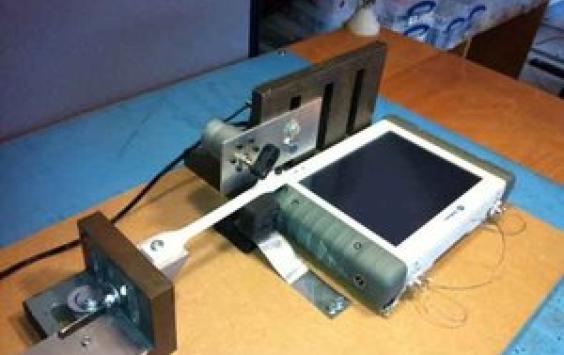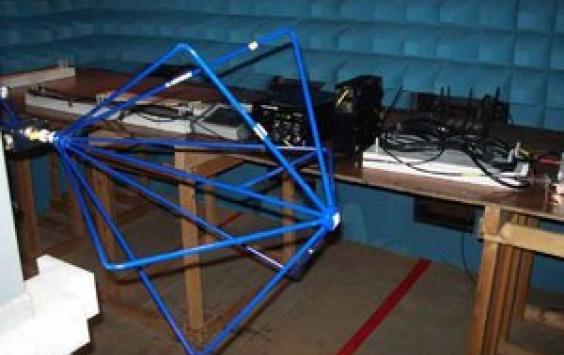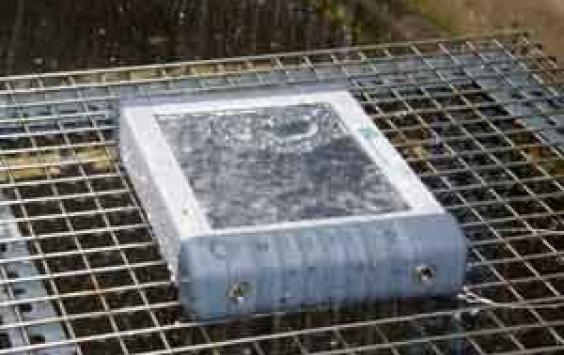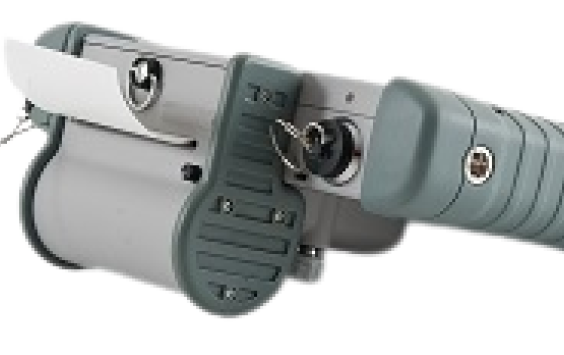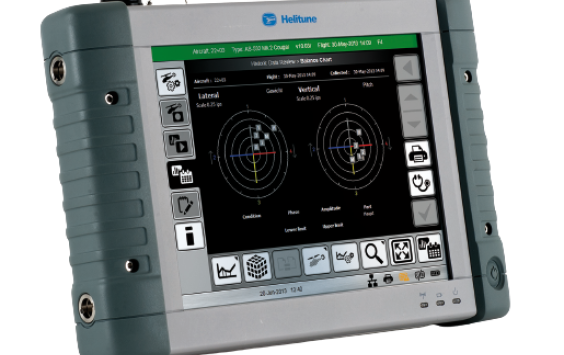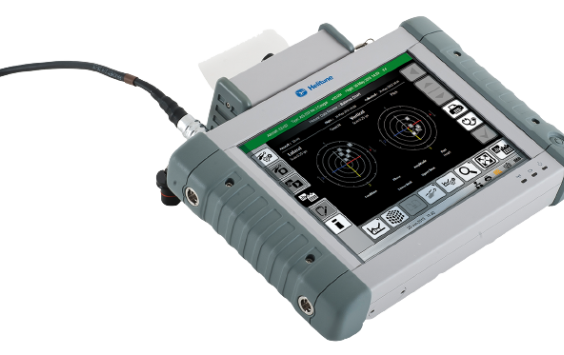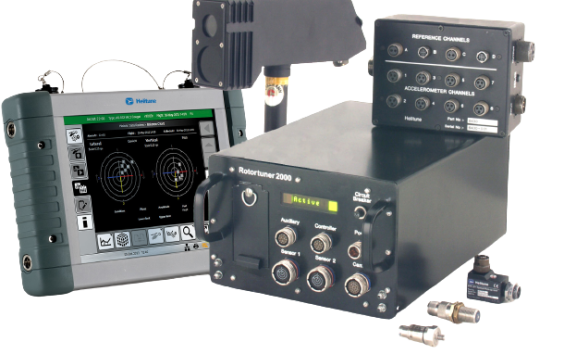Innovations in extreme environment electronics
The development of Helitune’s Flitepad™
In the demanding world of aerospace technology, durability and reliability are paramount. Helitune's Flitepad™ exemplifies this by combining robust engineering with advanced functionality. Designed to endure harsh environments and rigorous conditions, the Flitepad™ has set a new standard in portable monitoring solutions.
Highlights
Key highlights of the Flitepad™ development
- Engineered for durability: Built to withstand extreme temperatures, high vibrations, impacts, and drops.
- Advanced materials: Utilises lightweight magnesium alloy with injection-moulded bumpers.
- Custom electronics: Features industrial-grade electronics and long-life COTS components.
- Rigorous testing: Underwent extensive prototyping, simulations, and life testing, including thermal and EMC studies.
- Compliance with Standards: Meets diverse standards such as DO-160G and MIL-STD-704F.
Case study
Development and engineering
The Flitepad™ was conceptualised in 2011 and launched in 2013, to create a portable device capable of withstanding some of the harshest environments on Earth. The design process involved selecting materials like lightweight magnesium alloy and injection-moulded bumpers to ensure both durability and ease of use. Custom industrial-grade electronics were incorporated to meet the demands of aerospace applications.
Testing and validation
Extensive prototyping and simulations were crucial to the Flitepad™ development. Thermal and EMC studies were conducted to ensure the device could handle extreme conditions. The Flitepad™ also underwent rigorous validation and life testing to meet industry standards, such as DO-160G and MIL-STD-704F.
Final product
The result is a robust and reliable Flitepad™ that provides consistent performance in challenging conditions. This makes it an indispensable tool for aerospace professionals who require a durable and efficient monitoring solution.


